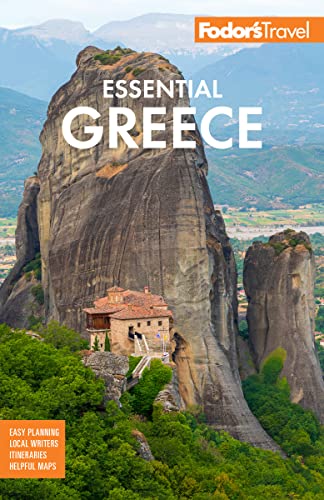The third peninsula of Halkidiki, Mt. Athos is called Ayion Oros (Holy Mountain) in Greek, although it does not become a mountain until its southernmost point (6,667 feet). The peninsula is prized for its pristine natural beauty, seclusion, and spirituality; its monasteries contain priceless illuminated books and other treasures.
The Virgin Mary, it is said, was brought to Athos by accident from Ephesus, having been blown off course by a storm, and she decreed that it be venerated as her own special place. This story has since become the rationale for keeping it off-limits to all women but the Virgin herself. Hermits began settling here and formed the first monastery in the 10th century. By the 14th century, monasteries on the 650-square-km (250-square-mile) peninsula numbered in the hundreds. In 1924 the Greek state limited the number of monasteries, including Russian, Bulgarian, and Serbian Orthodox, to 20, but a number of hermitages and separate dependencies called skits also exist. The semiautonomous community falls under the religious authority of the Istanbul-based Orthodox Ecumenical Patriarch.
Only men may visit the monasteries, and the numbers are strictly limited. You must apply for a permit at the Holy Executive of the Holy Mt. Athos Pilgrims' Bureau in Thessaloniki several months in advance. Mt. Athos is a place of religious pilgrimage: proper attire is long pants and shirts with sleeves at least to midarm; wearing hats inside the monasteries is forbidden. Video cameras and tape recorders are banned from the mountain, but taking photographs is allowed.





